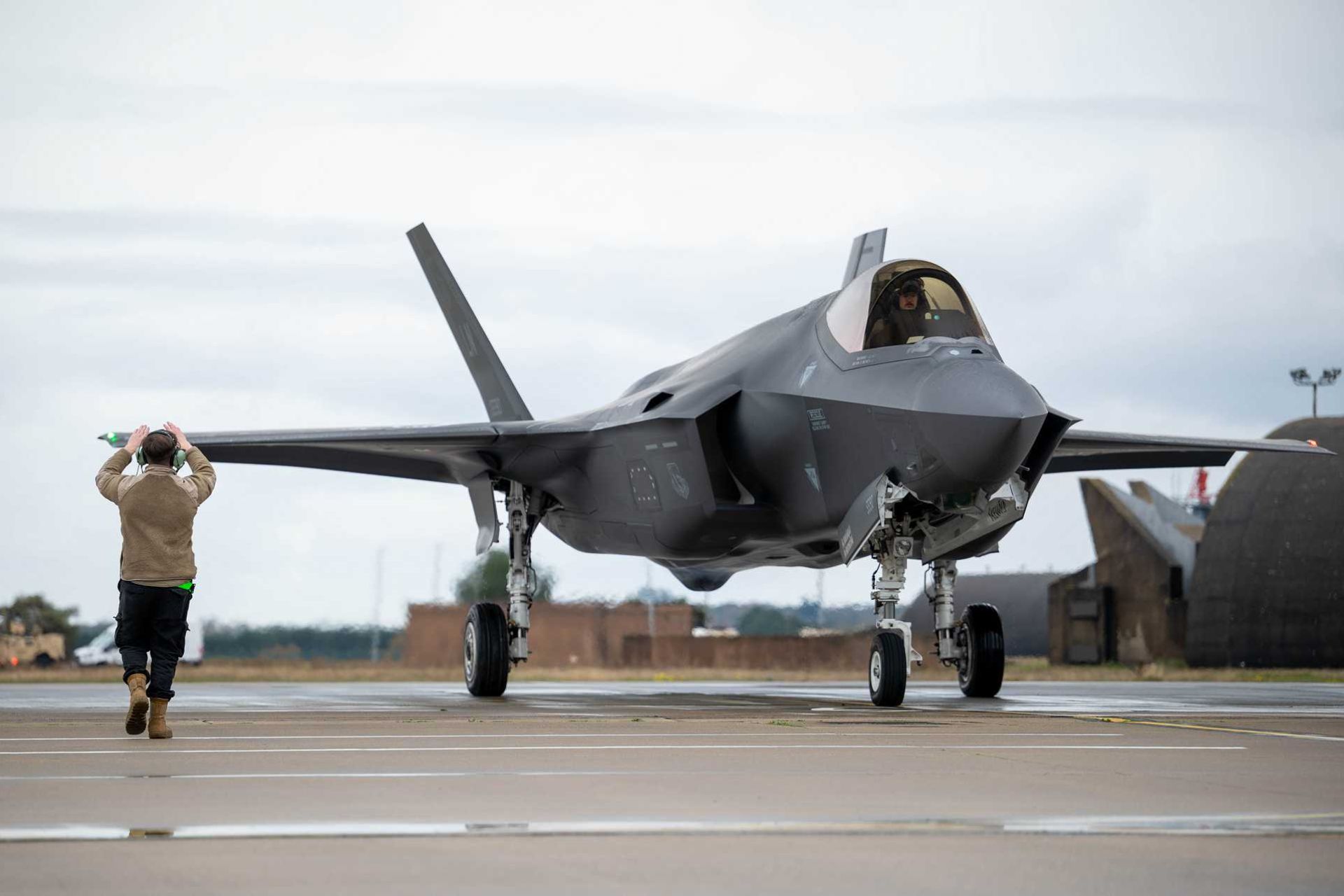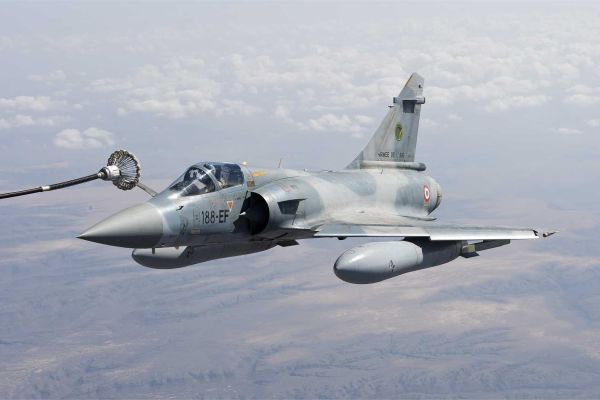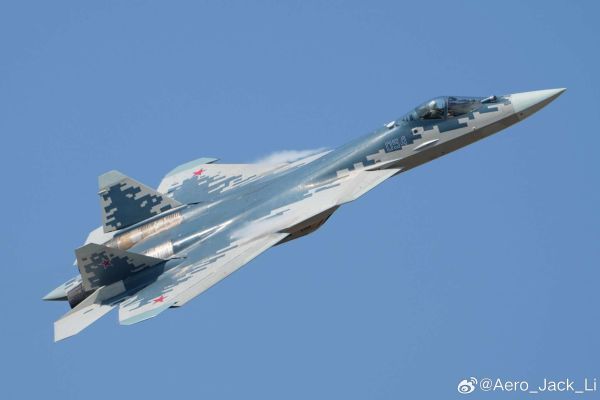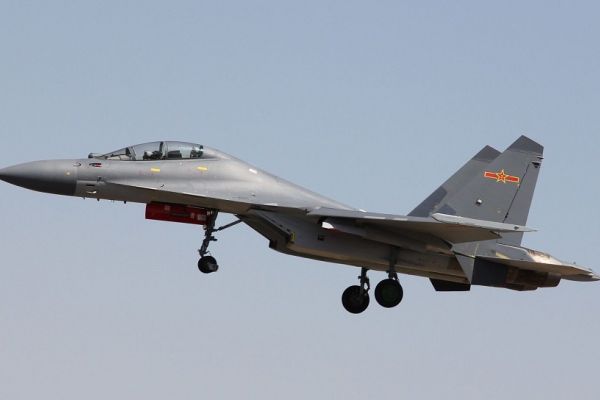Fighter.
F-35A Lightning II.

The F-35A Lightning II is a multirole stealth fighter developed by the American Company Lockheed Martin for the United States Air Force (USAF) as part of the broader Joint Strike Fighter (JSF) program. It is the conventional takeoff and landing (CTOL) variant of the F-35 family, designed primarily for air superiority, strike missions, and close air support. As the flagship fifth-generation fighter of the U.S. Air Force, the F-35A combines advanced stealth, avionics, and multirole capabilities, making it a key asset in modern combat scenarios.
Country users: United States, United Kingdom, Israel, Japan, South Korea, Norway, Netherlands, Italy, Australia, Denmark, Belgium, Poland, Singapore, Finland, Canada, Switzerland, Czech Republic, Romania, Greece, Germany
Description
The F-35A is an American-made single-seat, single-engine stealth fighter aircraft developed to serve multiple operational roles, including air superiority, ground attack, reconnaissance, and electronic warfare. It was designed by Lockheed Martin in collaboration with major industry partners like Northrop Grumman, BAE Systems, and Pratt & Whitney, with the goal of replacing a diverse set of aging aircraft across the U.S. military and its allies. Its capabilities extend to beyond-visual-range (BVR) engagements, precision strike against high-value targets, and conducting complex interdiction missions.
The development of the F-35A began in the mid-1990s under the Joint Strike Fighter program, which sought to create a family of aircraft for the U.S. and NATO allies that could serve in both air-to-air and air-to-ground roles while maintaining a low radar cross-section and advanced electronic warfare systems. After years of testing, design revisions, and delays, the aircraft made its first flight in December 2006. After extensive testing and initial deployments, the F-35A entered full operational service with the U.S. Air Force in 2016. The aircraft's versatility has been demonstrated in combat missions in the Middle East, where it has conducted air superiority and strike operations, showcasing its ability to operate in contested environments and against modern threats.
The F-35A's primary roles include air superiority, close air support (CAS), precision strike, intelligence, surveillance, and reconnaissance (ISR), and suppression of enemy air defenses (SEAD). The aircraft's stealth features allow it to operate in enemy-dominated airspace with a reduced risk of detection. Its integration into the fleets of various allied nations, including the UK, Israel, Japan, and several NATO countries, has solidified its status as a critical component of modern air forces worldwide.
On November 21, 2025, U.S. Company Lockheed Martin began producing Germany’s first F-35A, following the ceremonial signing of the aircraft’s center-fuselage bulkhead and the start of final assembly in Fort Worth. The milestone marks a major step in Germany’s shift toward fifth-generation airpower and deeper NATO integration.
F-35A Lightning II variants:
- F-35A Block 3F: This is the operational variant of the F-35A with the full capabilities required for combat operations. The Block 3F includes advanced software and avionics systems, enabling the aircraft to engage a wider range of targets and operate in more complex environments. It allows for the integration of weapons like the GBU-31 JDAM, AGM-88 HARM, and AIM-120 AMRAAM.
- F-35A Block 4: The Block 4 upgrade represents the next major software and hardware upgrade to the F-35A. It introduces new capabilities for the aircraft, including enhancements to its sensor fusion, electronic warfare systems, and weapons integration. It is designed to ensure the F-35A remains relevant against evolving threats. Block 4 upgrades are expected to be rolled out to the aircraft starting in the late 2020s.
- F-35A CTOL for Foreign Customers: Though the F-35A is the standard CTOL variant, specific international customers sometimes receive customized versions to meet their national needs.
- F-35A for Japan includes special software modifications for Japan's defense systems.
- F-35A for Israel has advanced avionics and mission systems tailored for Israeli operational requirements.
- F-35A for South Korea has unique modifications to fit the needs of the South Korean Air Force.
- F-35A Training Variants: Some F-35As are converted into training configurations for pilot training purposes. These variants generally feature minimal changes to the basic F-35A design, apart from modifications to enhance pilot training experiences, such as changes to the avionics interface and software simulations.
Technical Data
-
Design
The F-35A's design prioritizes stealth and aerodynamics while maintaining high maneuverability and advanced operational capabilities. The fuselage is designed with angular surfaces and low-observable features, reducing its radar signature and enhancing its ability to operate in contested environments. The aircraft features an internal weapons bay to maintain its stealth profile during combat, and its external hardpoints can be utilized when necessary, albeit at the cost of some reduction in its radar cross-section.
The physical dimensions of the F-35A are optimized for a balance between combat effectiveness and maneuverability. The aircraft measures 51.4 feet (15.7 meters) in length, with a wingspan of 35 feet (10.7 meters) and a height of 14.4 feet (4.4 meters). Its maximum takeoff weight (MTOW) is approximately 70,000 pounds (31,800 kg), which includes both fuel and ordnance. The cockpit is designed for a single pilot, with a glass cockpit offering a modern, intuitive interface. The pilot interacts with the aircraft via a Helmet-Mounted Display System (HMDS), which overlays critical flight and combat data directly onto the visor, significantly enhancing situational awareness during both air-to-air and air-to-ground engagements.
-
Armament
The F-35A is equipped with a versatile internal weapons bay and external hardpoints, allowing it to carry a wide array of air-to-air, air-to-ground, and precision-guided munitions, depending on mission requirements. The internal weapons bay enhances the aircraft's stealth capabilities by minimizing the radar signature during combat. However, for missions requiring additional ordnance or range, the F-35A can carry weapons externally, though this reduces its radar stealth.
One of the key features of the F-35A’s armament suite is its M61A2 Vulcan cannon, a 20mm, six-barrel rotary gun that provides a high rate of fire (up to 6,000 rounds per minute). This weapon is housed internally, preserving the aircraft's stealth. The F-35A carries approximately 180 rounds of ammunition for this cannon, designed for close-in combat or strafing runs against ground targets.
For air-to-air combat, the F-35A is equipped with AIM-120 AMRAAM (Advanced Medium-Range Air-to-Air Missile), a radar-guided missile with a range of up to 100 miles (160 km), making it highly effective for beyond-visual-range (BVR) engagements. The AIM-9X Sidewinder, a short-range, infrared-guided missile, is used for close combat situations and is highly effective against maneuvering enemy aircraft.
In terms of air-to-ground munitions, the F-35A can carry GBU-31 JDAM (Joint Direct Attack Munition), a GPS-guided bomb used for precision strikes against high-value or hardened targets. Additionally, the aircraft can employ the GBU-39 Small Diameter Bomb (SDB), designed for precision and smaller targets, as well as the AGM-88 HARM (High-Speed Anti-Radiation Missile), which is specifically designed to target and neutralize enemy air defense systems, including radar installations.
For external weapons options, the F-35A can use up to six external hardpoints under its wings and fuselage. These can carry additional munitions, fuel tanks, or electronic warfare pods when required. However, the aircraft's stealth profile is reduced when carrying weapons externally, as this exposes its radar signature.
-
Engine
The F-35A is powered by a Pratt & Whitney F135-PW-100 turbofan engine, a highly advanced and powerful engine that enables the F-35A to operate across a wide range of speeds and altitudes while maintaining fuel efficiency. The F135 is derived from the F119 engine used in the F-22 Raptor, with enhancements for the JSF program.
The engine produces up to 28,000 pounds of thrust in its dry configuration and 43,000 pounds of thrust with afterburner, providing the F-35A with exceptional performance for both air combat and sustained supersonic flight. The maximum speed of the F-35A is Mach 1.6, or roughly 1,200 miles per hour (1,930 km/h), and it has a service ceiling of over 50,000 feet (15,240 meters). The aircraft’s operational range is approximately 1,380 miles (2,220 km) with internal fuel, providing it with substantial reach for combat and long-duration missions. Additionally, the F-35A’s thrust-vectoring capabilities allow it to achieve superior maneuverability, particularly during air-to-air engagements.
-
Avionics and onboard equipment
The F-35A features a suite of advanced avionics and sensor systems that provide the pilot with superior situational awareness and combat effectiveness. These systems work in concert to provide the pilot with real-time information on both air and ground threats, significantly enhancing the aircraft’s ability to engage targets and avoid threats.
The AN/APG-81 AESA (Active Electronically Scanned Array) radar is one of the most advanced radar systems ever integrated into a fighter aircraft. It is capable of tracking and identifying enemy aircraft at long ranges, as well as performing ground mapping and weather detection. This radar also supports targeting and strike missions, ensuring the F-35A remains effective in a variety of mission sets.
The Distributed Aperture System (DAS) is another crucial component of the F-35A’s avionics suite. This system uses six infrared sensors mounted around the aircraft to provide 360-degree situational awareness. It enables the pilot to track enemy aircraft, incoming missiles, and even detect surface targets, while also offering targeting and navigation data to support precision strikes.
In addition to DAS, the Electro-Optical Targeting System (EOTS) is mounted on the aircraft's nose and provides both infrared targeting and laser designator functions. EOTS is crucial for precision strike missions, allowing the pilot to engage targets with pinpoint accuracy, even in poor visibility or in contested environments.
The Helmet-Mounted Display System (HMDS) is another critical feature. This system projects essential flight data directly onto the pilot’s visor, ensuring that critical information is always in the pilot’s line of sight, whether in a dogfight, a bombing run, or an evasive maneuver. The cockpit itself is highly advanced, featuring a glass cockpit with integrated touchscreen controls and voice-command systems that reduce pilot workload and increase operational effectiveness.
Finally, the F-35A’s electronic warfare capabilities, including advanced jamming and countermeasures, allow the aircraft to defend itself against radar-guided threats, while its secure communication and data links enable real-time sharing of information across the battlespace, coordinating with allied forces and enhancing the effectiveness of joint operations.
Together, these advanced avionics and sensor systems make the F-35A one of the most capable and versatile fighters in the world, optimized for a wide range of missions and environments.
Specifications
-
Type
Multirole stealth fighter (Conventional Takeoff and Landing variant)
-
Country users
United States, United Kingdom, Israel, Japan, South Korea, Norway, Netherlands, Italy, Australia, Denmark, Belgium, Poland, Singapore, Finland, Canada, Switzerland, Czech Republic, Romania, Greece, Germany
-
Designer Country
United States (Lockheed Martin), with contributions from Northrop Grumman, BAE Systems, and Pratt & Whitney
-
Armament
- Internal M61A2 Vulcan 20mm rotary cannon
- AIM-120 AMRAAM (Advanced Medium-Range Air-to-Air Missile)
- AIM-9X Sidewinder (Infrared-guided short-range air-to-air missile)
- GBU-31 JDAM (Joint Direct Attack Munition)
- GBU-39 Small Diameter Bomb (SDB)
- AGM-88 HARM (High-Speed Anti-Radiation Missile)
- Mk 84 General Purpose Bomb
- External hardpoints for up to 6 weapons or fuel tanks -
Avionics
- AN/APG-81 AESA radar
- Distributed Aperture System (DAS) for 360-degree situational awareness
- Electro-Optical Targeting System (EOTS)
- Helmet-Mounted Display System (HMDS)
- Secure communication and data links
- Electronic Warfare (EW) suite for radar jamming and anti-missile defense -
Weight
Maximum Takeoff Weight (MTOW): 31,800 kg (70,000 pounds)
-
Engine
- Pratt & Whitney F135-PW-100 turbofan engine
- Thrust: 28,000 lbs (dry) / 43,000 lbs (with afterburner) -
Speed
Maximum Speed: Mach 1.6 (~1,200 mph or 1,930 km/h)
-
Range
- Combat Radius: 1,380 miles (2,220 km)
- Maximum Range: Approximately 2,280 miles (3,670 km) -
Dimensions
Length: 15.7 m; Height: 4.4 m; Wingspan: 10.7 m















































